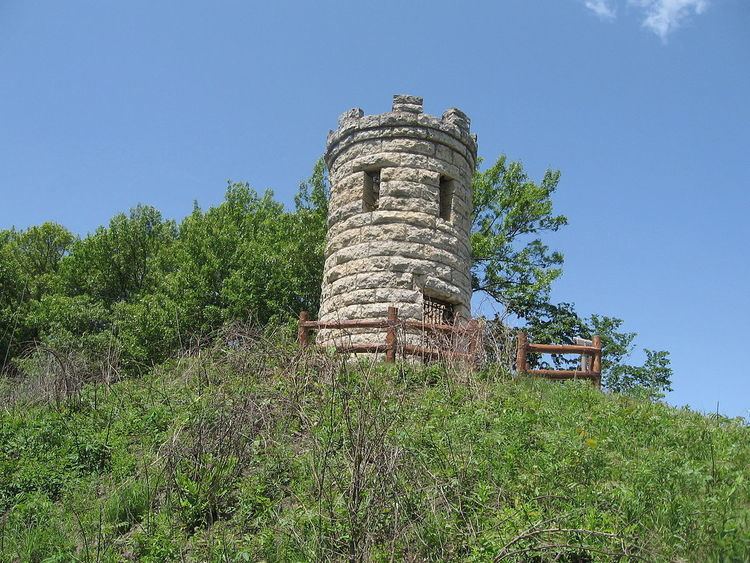- elevation 751 ft (229 m) | Area 5.585 km² | |
 | ||
Hours Open today · 4AM–10:30PMSunday4AM–10:30PMMonday4AM–10:30PMTuesday4AM–10:30PMWednesday4AM–10:30PMThursday4AM–10:30PMFriday4AM–10:30PMSaturday4AM–10:30PM Similar National Mississippi River Mu, Eagle Point Park, St Luke's United Methodist, Q Casino, Julien Dubuque Monument Profiles | ||
The Mines of Spain State Recreation Area and E. B. Lyons Nature Center is a state park in Dubuque County, Iowa, USA. It is near Dubuque, the eighth-largest city in the state. The park features picnic areas, 15 miles (24 km) of walking/hiking trails, 4 miles (6.4 km) of ski trails, and the Betty Hauptli Bird and Butterfly Garden. It also includes archaeological sites of national importance as an early lead mining and smelting venture led by French explorer Julien Dubuque, as well as Dubuque's gravesite. These sites were collectively designated a National Historic Landmark District as Julien Dubuque's Mines.
Contents
HistoryEdit
Meskwaki Indians were believed to be the first people in the area, residing in the area for up to 8000 years previous to discovery by Julien Dubuque, believed to be the first European to set foot in Iowa. The Meskwaki had been trading furs with French Voyageurs, as well as mining lead in the area. The Governor of Spain gave Dubuque a grant to work Spanish-owned land, naming the 1,380-acre (560 ha) area The Mines of Spain. Mining would continue by the Meskwaki, then by European settlers until 1914. These activities left a complex of archaeological sites, including prehistoric native settlement sites, the mining village of the Meskwaki, Dubuque's trading post, the mining areas themselves, and later mining-related areas.
Unique featuresEdit
From a horseshoe-shaped area, Horseshoe Bluff, the geology of the area is visible. Ordovician dolomite is evident, and two trails lead to a blind.
